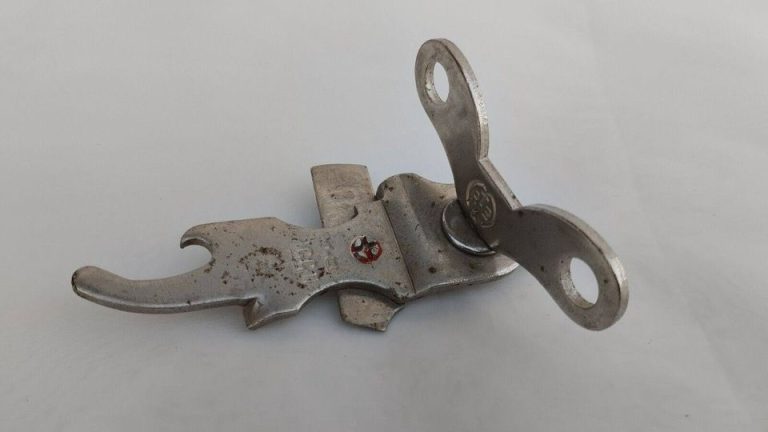These antique finds tell a story – do you recognize them?

Ever wondered about those little guys that keep our sewing projects together – thread bobbins?
You know, those small spools that hold the thread we use in our sewing machines or hand sewing?
They might seem like a tiny detail, but trust me, they play a big role in our sewing adventures. Keep reading to find out more!
First off, let’s get into what exactly a thread bobbin is. Picture this: it’s like a mini spool that’s usually made of plastic, metal, or even cardboard. Its main job? To hold the thread that gets wound around it. Think of it as the sidekick to your sewing machine – always there, quietly doing its thing, while the thread gets pulled from it to stitch your fabrics together.
Now, you might be wondering, why bother with bobbins when you could just use a big ol’ spool of thread? Well, that’s because bobbins are all about convenience and efficiency. When you’re sewing, you want your thread to flow smoothly and evenly, so using a bobbin ensures that the thread is wound neatly and won’t get tangled or create uneven stitches, Sew Sew Lounge details.

Plus, bobbins are small and easy to swap out, so you can have different colors or types of thread ready to go for your various sewing projects.
Speaking of colors, bobbins are great for keeping your sewing area organized. You can wind different colors of thread onto separate bobbins and store them neatly in a bobbin case or organizer. This way, when you’re in the middle of a project and need to switch thread colors, you won’t have to go digging through a tangled mess of spools to find the right one.
Now, let’s talk about winding thread onto bobbins. It might seem like a simple task, but there’s a bit of technique involved to get it just right. Most sewing machines have a built-in bobbin winder that makes the process easy peasy. You just pop your empty bobbin onto the winder, thread your machine, and let it do its thing. Just make sure to guide the thread evenly as it winds onto the bobbin to prevent any snags or tangles.
Once your bobbin is wound, you’re ready to start stitching! Just pop it into the bobbin case or holder on your sewing machine, thread your machine with the top thread, and you’re good to go. And when your bobbin runs out of thread – because let’s face it, they always do – just swap it out for a fresh one and keep on sewing.
So there you have it – a little crash course on thread bobbins. They might be small, but they sure are mighty when it comes to keeping our sewing projects running smoothly.
So next time you’re stitching up a storm, take a moment to appreciate the humble bobbin – it’s the unsung hero of the sewing world!

